Vietnam Airlines: Flying high with APEC
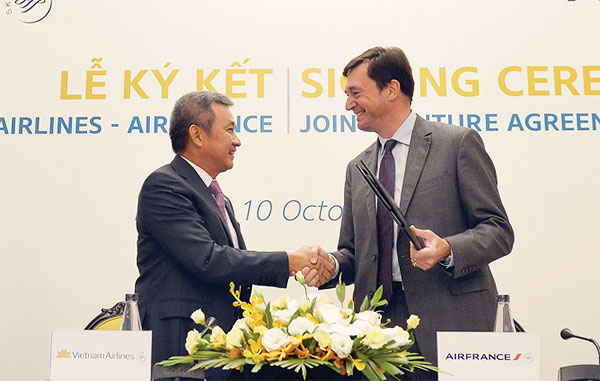 |
All sped up for APEC
The 2017 APEC Economic Leader’s Week will take place in the central city of Da Nang in November and be attended by senior leaders and delegates from 21 economies. As a special partner of this important event, Vietnam Airlines has gone through extensive preparations to meet the heightened demand between October 5 and November 13.
The airline revealed that it would add more than 110 flights, equivalent to 20,000 seats, in routes between Ha Noi/Ho Chi Minh City and Da Nang. This means the total number of seats available will be around 400,000. Specifically, 64 more flights will serve the Ha Noi-Da Nang route, amounting to 4,800 seats daily, while the Ho Chi Minh City-Da Nang route will welcome 44 extra flights, serving 6,000 additional passengers per day.
On the two most important days of APEC – November 6 and 11 – Vietnam Airlines will operate more than 50 flights per day between Ha Noi/Ho Chi Minh City and Da Nang. It is expected that one flight will take off/landing from Da Nang International Airport every 30 minutes. Viet Nam’s flag carrier will continue to monitor customer demand and may add even more flights if necessary.
Together with added flights, Vietnam Airlines also ordered its subsidiary, Vietnam Airport Ground Services Co., Ltd. (VIAGS), in Da Nang to increase its service capacity from 160 daily flights to 180. Every hour during peak periods, such as 8am-9am, 12pm-2pm, and 6pm-8pm, VIAGS will serve 11 departing and arriving flights at Da Nang International Airport.
All extra staff members at VIAGS Da Nang, deployed from Noi Bai and Tan Son Nhat airports, must satisfy strict requirements on appearance, English ability, and service quality. Together with the added staff, VIAGS has done a thorough check-up on thousands of pieces of equipment.
VIAGS also collaborated with the local police and immigration officers to ensure public safety, conducting fire drills and beefing up online security to prevent cyber-attacks.
CEO of Vietnam Airlines Duong Tri Thanh said that it took immense effort to ensure that scheduled flights run as normal, and the additional flights required for APEC meetings make everything even more challenging. As a special partner of the event, the airline understands that serving passengers’ flight needs will leave an impression on their overall experience in Viet Nam.
“We hope to bring the most professional services to passengers, living up to our name as a four-star airline. We’ve taken proactive steps to maintain our airplanes and train pilots as well as crew intensively. We take this responsibility very seriously and want all passengers for APEC to have their travelling needs met,” Thanh said.
A boom in international PACTS
In 2017, Vietnam Airlines shakes hands with various leading airlines around the world, living up to its role as Viet Nam’s flag carrier. These international partnerships also represent Viet Nam’s increasing openness to the world and growing economic power. Vietnamese and international passengers are travelling to and from Viet Nam more than ever, as the country grows at a rapid pace and integrates with the global market. Every year, millions of Vietnamese go abroad for work, leisure, family visits, or study trips, and foreigners come to Viet Nam for the same reasons. To serve this increasing travel demand, Vietnam Airlines has partnered with multiple overseas airlines this year.
On October 10, Viet Nam’s flag carrier set up a joint venture with Air France, reaching a new milestone in their comprehensive partnership. The two partners agreed to introduce new flight options and collaborate more extensively in flight schedules. Via three hubs – Noi Bai in Ha Noi, Tan Son Nhat in Ho Chi Minh City, and Charles de Gaulle in Paris, passengers will be able to travel to 50 destinations in Europe on Air France flights (compared to 14 destinations today) and 20 destinations locally on Vietnam Airlines flights. Additionally, as a member of SkyTeam Alliance’s global network, flyers can travel to more than 1,000 destinations around the globe.
The two airlines will also exchange experience to improve service quality and implement trade promotion programmes to meet the needs of customers – especially those using LotuSmiles (Vietnam Airlines) and Flying Blue (Air France) frequent flyer programmes, as well as services provided by SkyPriority and lounges at airports worldwide.
Over the past 20 years, Vietnam Airlines and Air France have also been working together on the operational side, with partnerships in the fields of aircraft maintenance and crew training. Since 1997, Air France has co-operated with Vietnam Airlines to train pilots and successfully transferred operating technology for the A320 aircraft in use at the time. Currently, the two companies are discussing the possibility of co-operation to improve Vietnam Airlines’ competency in the technical maintenance of aircraft equipment.
Also in October, Vietnam Airlines and its strategic partner All Nippon Airways (ANA) from Japan introduced Hi Japan!, a special promotion that provides four days of free Wi-Fi service with unlimited data capacity to passengers travelling from Viet Nam to Japan in the period between October 1, 2017 and February 28, 2018.
Thanks to Hi Japan!, all passengers will be able to enjoy high-speed 4G LTE internet connection via a mobile pocket Wi-Fi router provided by the firm Ninja Wi-Fi. Additionally, an unlimited data capacity and the ability to connect multiple devices makes the Ninja Wi-Fi router an ideal alternative to other options, including costly data roaming, data-limited prepaid SIM cards, and rare public Wi-Fi hotspots.
The Hi Japan! programme is a part of the strategic co-operation between Vietnam Airlines, the leading airline in Viet Nam, and ANA, Japan’s largest and only five-star airline. Following ANA Holdings’ (ANA’s parent company) acquisition of an 8.8 per cent stake in Vietnam Airlines in 2016, the two airlines took part in a codeshare agreement that initially covered 10 international routes between Japan and Viet Nam, as well as 25 principal domestic routes in both countries, allowing passengers to travel more conveniently thanks to more numerous flight options.
Reaching further
In the first nine months of 2017, Vietnam Airlines achieved remarkable business results. Specifically, Viet Nam’s flag carrier operated 108,000 safe flights, with an on-time percentage rate of 90.8 per cent. This is an on-year increase of 6.7 per cent, demonstrating Vietnam Airlines’ reputation as Viet Nam’s most punctual carrier. In this period, the airline transported 16 million passengers, up by 5 per cent year-on-year.
In the major domestic routes between Ha Noi/Ho Chi Minh City and Da Nang, Vietnam Airlines has transported 6.8 million passengers. In the third quarter alone, the airline held a 72 per cent market share for these routes. The company always goes to great lengths to ensure that passengers on domestic routes will have their travelling needs met.
Together with these positive results, Vietnam Airlines’ financial health is also in good shape, with strong liquidity and a positive balance sheet. In the first nine months of 2017, the carrier’s combined revenue reached VND65 trillion ($2.86 billion), up by 20 per cent from the previous period. Pre-tax profit stood at VND2.3 trillion ($101 million), exceeding the 2017 target by 40 per cent. Thanks to these positive results, Vietnam Airlines has contributed VND4.3 trillion ($189 million) to the national budget, up by 7 per cent year-on-year.
At the same time, more and more passengers have checked in for their flights online or at self-help kiosks in Tan Son Nhat, Noi Bai, and Da Nang airports (42 per cent, 38 per cent, and 33 per cent, respectively). Self check-in allows passengers to have more control over their time, improve the airline’s punctuality, and minimise the strain on airport employees.
After selling stakes to ANA Holdings and restructuring its debt, the debt-over-equity ratio of Vietnam Airlines has gone down dramatically – and currently sits at 300 per cent. Instead of using debt to buy airplanes, the carrier switched to the sale-and-leaseback method, which allows it to purchase more airplanes without taking out government-backed loans.
In another effort to slash costs, Vietnam Airlines has launched its second flight simulator for A320/321 airplanes at its training centre. This means pilots flying the Airbus A321, one of the major commercial airplanes of Vietnam Airlines, will be trained completely in Viet Nam. Thanks to this simulator, the carrier no longer has to hire out similar equipment or send pilots abroad for training. It will also have more control over the training schedule.
This is one among three flight simulators that Vietnam Airlines received as part of its partnership with Canada’s CAE Inc. According to the plan, the next two simulators, for the Boeing 787 and A350, will be launched this December and July 2018, respectively.
In the first nine months of 2017, Vietnam Airlines’ training centre has licensed 100 new pilots and carried out regular safety checkups for its current crew of 800 pilots.
CONNECTING Viet Nam WITH the world
With these major milestones and comprehensive preparations for APEC, Vietnam Airlines will maintain its reign as Viet Nam’s flagship carrier. After 22 years of development, the flag carrier is reaching further heights, striving to become an influential airline in the region as well as the world.
Vietnam Airlines’ growth is a good microcosm of Viet Nam’s overall development, as its economy expands and integrates into the global markets.
What the stars mean:
★ Poor ★ ★ Promising ★★★ Good ★★★★ Very good ★★★★★ Exceptional
Latest News
More News
- Viet Nam is trying to improve itself: PM (November 07, 2017 | 15:34)
- PM delivers keynote speech at Viet Nam Business Summit (November 07, 2017 | 11:34)
- APEC Vietnam 2017 special publication now available (November 07, 2017 | 11:32)
- Four Vietnamese entrepreneurs to attend APEC CEO Summit (November 06, 2017 | 20:38)
- State President: APEC shows strong vitality and resilience despite global upheavals (November 06, 2017 | 20:24)
- Concluding Senior Officials' Meeting kicked off in Danang (November 06, 2017 | 16:34)
- Vietnam’s proposals to generate new dynamism for APEC (November 06, 2017 | 15:42)
- APEC media centre in full swing (November 06, 2017 | 15:01)
- CSOM opens 2017 APEC Economic Leaders’ Week (November 06, 2017 | 14:55)
- APEC representatives arrive with high expectations to Danang (November 06, 2017 | 12:07)

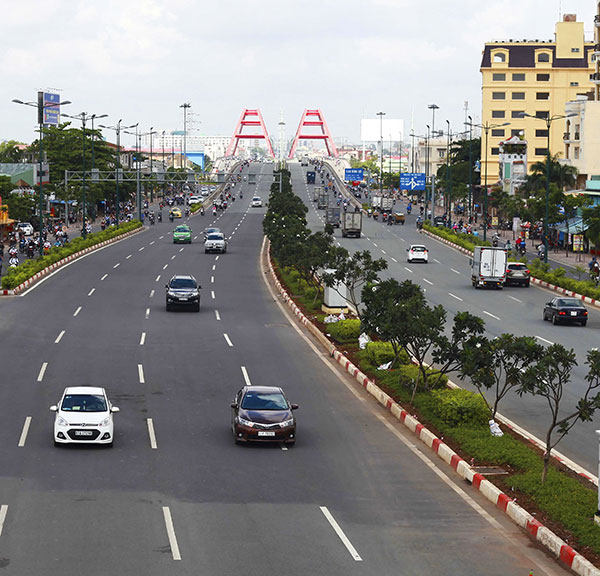

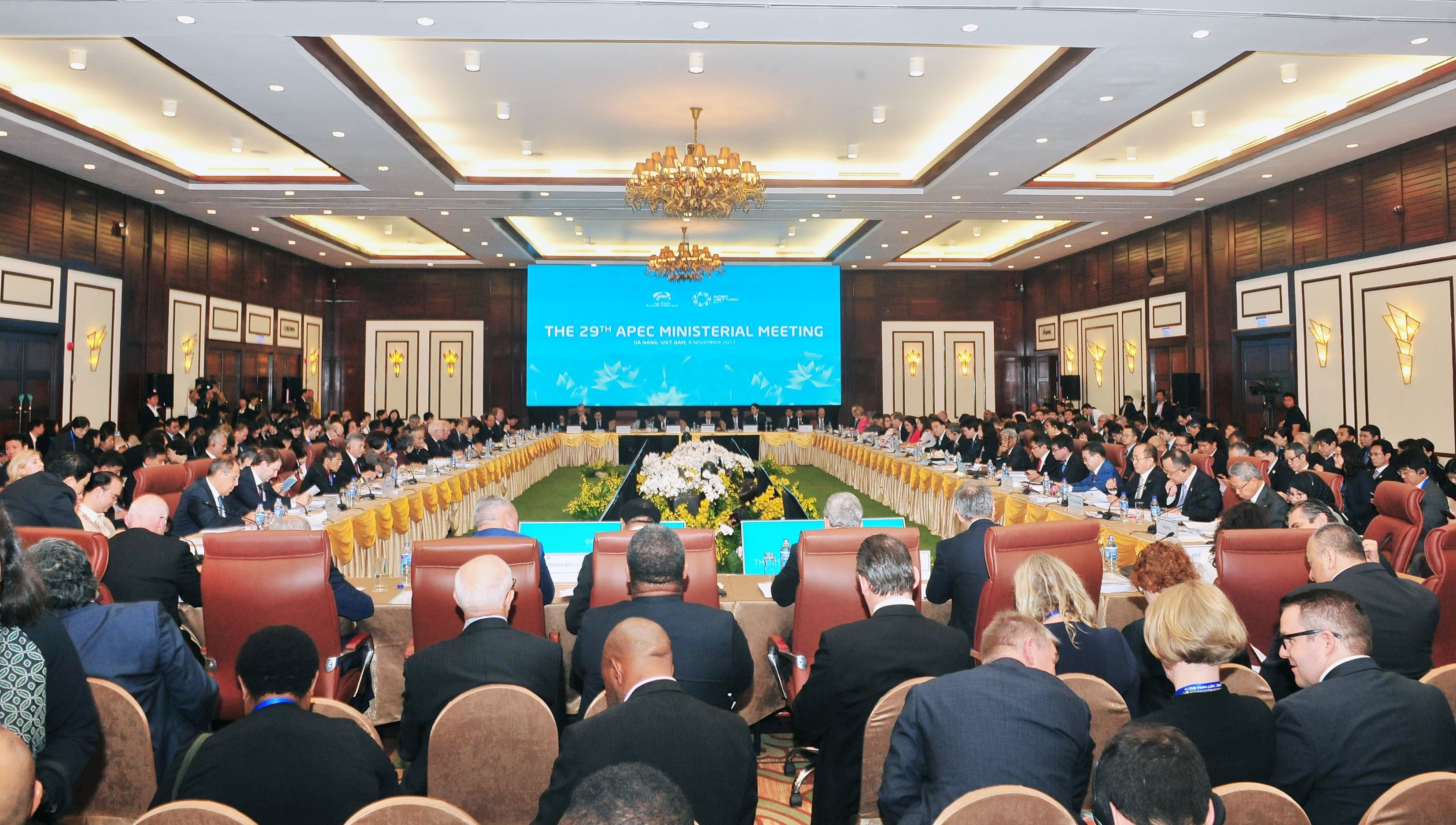
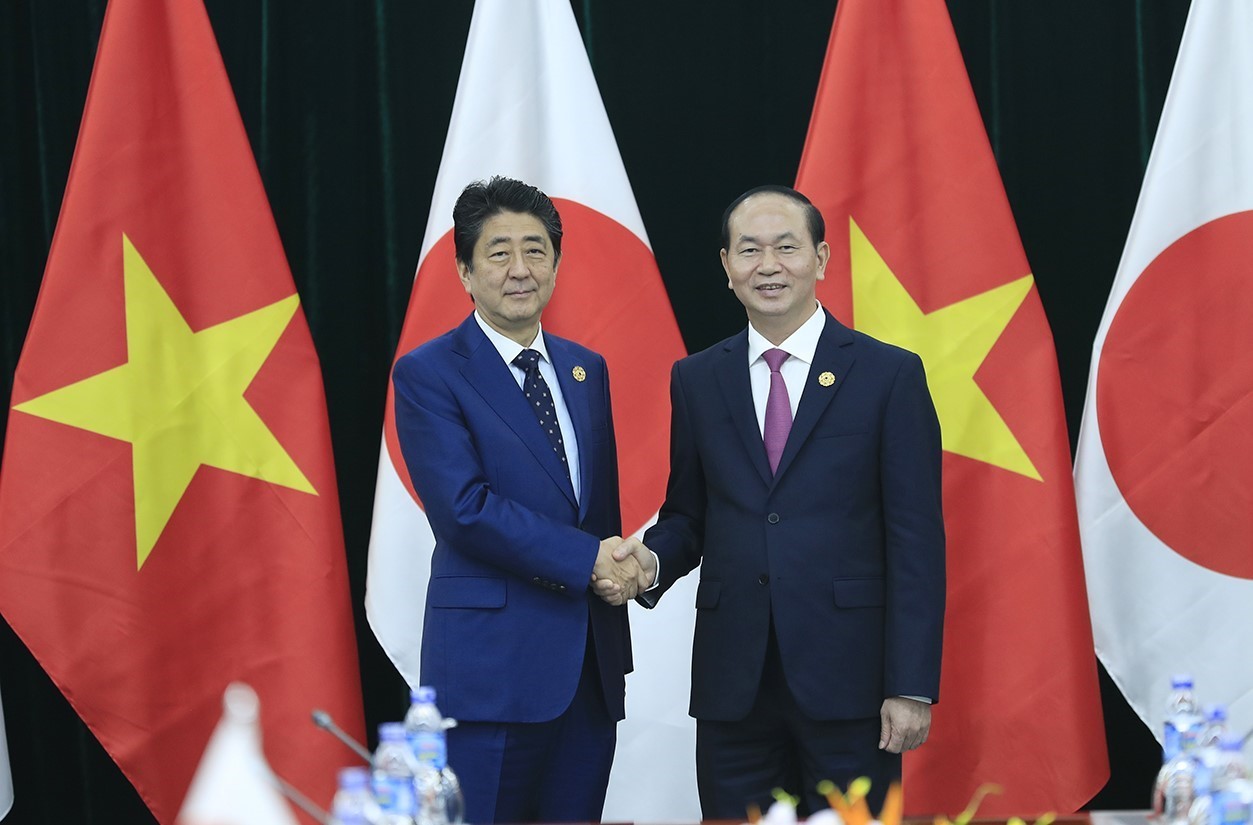

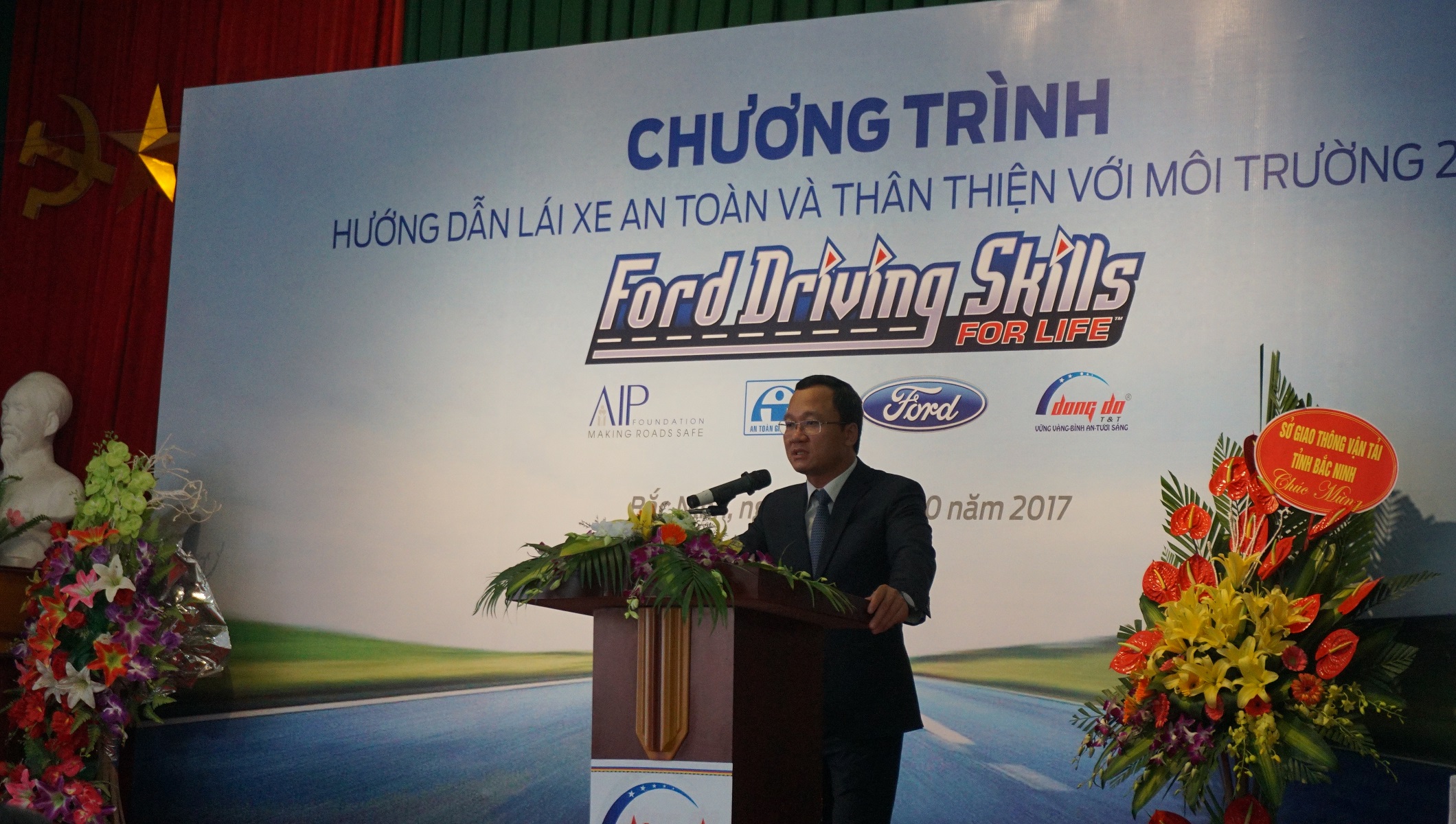










 Mobile Version
Mobile Version